
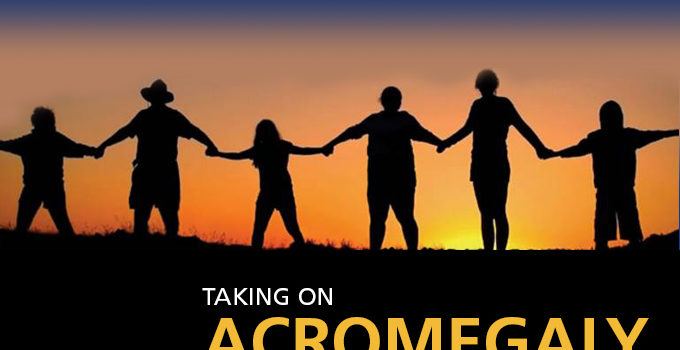
Acromegaly 101: Pituitary Patient Perspectives (Part 2 of 2)
by Sharmyn McGraw
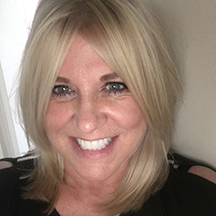
As a patient advocate I work with many pituitary patient advocate organizations around the world. Since my own pituitary surgery with Dr. Daniel Kelly over 16 years ago my passion has grown stronger. I’m still seeing too many patients showing acromegaly symptoms going far too long without a timely diagnosis and proper treatments. So I want to make sure pituitary patient organizations are being heard. They dedicate endless hours of their time as they know the extent to which acromegaly patients suffer with this complex disorder. They are the voice for the patients they support and they continue pushing for medical care that results in a better quality of life for patients.
I’m so proud of our doctors at the Pacific Neuroscience Institute (PNI). I know firsthand how much they truly care about their patients, because I’m the little voice that never stops reminding them about what patients go through all over the world. But no matter how busy they are, they listen. At their educational conferences, Dr. Kelly and the team at PNI make sure that they talk about real issues and concerns that patients experience so that attending doctors start to truly understand the deeper issues of pituitary disorders. And for that and so much more I’m grateful. So let’s spread the word about acromegaly so one day we no longer see patients suffering due to lack of education and public awareness.
For this article I asked leaders of various pituitary organizations the following question:
What do you feel is one of the biggest obstacles for an acromegaly patient?
Here are their answers:
 “When it comes to pituitary disorders, this question opens up a big can of worms!” says Jackie Hubbard, Executive Director of the Pituitary Network Association in Southern California. She says there are many obstacles and each patient may experience something different. Hindrances might include availability and affordability of treatments or medications and insurance issues. “Each patient’s journey is different and while one issue may be the biggest obstacle to them, another patient may not be bothered by that same issue.”
“When it comes to pituitary disorders, this question opens up a big can of worms!” says Jackie Hubbard, Executive Director of the Pituitary Network Association in Southern California. She says there are many obstacles and each patient may experience something different. Hindrances might include availability and affordability of treatments or medications and insurance issues. “Each patient’s journey is different and while one issue may be the biggest obstacle to them, another patient may not be bothered by that same issue.”
“In general, I think that the biggest obstacle an acromegaly patient faces is early diagnosis. Pre-diagnosis is misunderstood and doctors may not listen to patient symptoms resulting in finally getting a diagnosis only years later. After a diagnosis is made, inadequate care and continuing damage to the patients’ joints, bones, organs and so on can pose serious problems unless the patient can get to the right endocrinologist and/or Pituitary Center of Excellence.” Hubbard says that other factors such as breakthrough symptoms after treatment begins can also be a problem, “This is when a patient’s medication doesn’t continue to treat them fully up until the following dose. They can suffer from brain fog, depression, sadness, anger, and rage.”
* * * * *
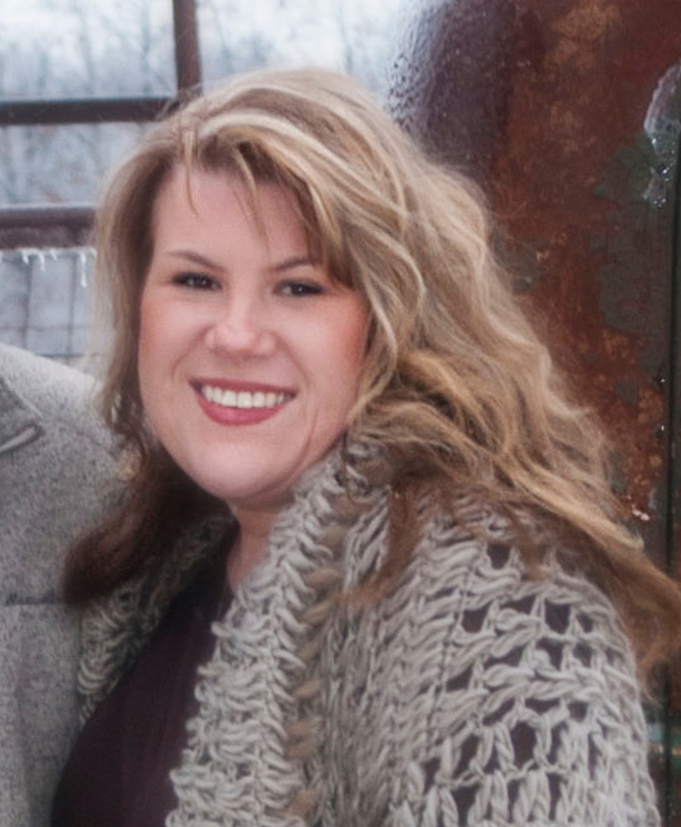
“As a leader of Acromegaly Community, what I see patients struggle with most is finding a knowledgeable care team,” says Jill Sisco, acromegaly patient and Acromegaly Community President. “Acromegaly isn’t like diabetes or such which most good endocrine doctors are educated about. Acromegaly is a systemic disease that affects the entire person. When I say this I do not say it lightly because acromegaly literally affects the physical, emotional and financial well-being of the patient. That is why it is so important to find doctors that have a deep understanding of the condition. Not only can these doctors educate you in the latest treatments of acromegaly, they can also lead you to other support systems such as Acromegaly Community.”
 This organization educates patients to be their best advocates and the community spans six out of seven continents with membership of approximately 1500 patients. Jill says, “We help patients navigate through the pharmaceutical patient support systems that can save patients thousands of dollars in prescription costs. Acromegaly Community provides a protected group area where patients can exchange information and provide emotional support. I often hear that patients felt alone in their battle until finding our group. We are not just friends; we are like a family looking out and wanting the best for each other. Only patients truly comprehend what the journey is like living with this disease and because of this we have a compassion that only another patient can understand. Together we are strong. One person can make a difference, we started as one and now we are around 1500! Living a life of quality with a rare disease isn’t easy, but it is possible. I know this because I too am a acromegaly patient and proud of the person that I have become.” You can find more information about this group at acromegalycommunity.com or the online Facebook group.
This organization educates patients to be their best advocates and the community spans six out of seven continents with membership of approximately 1500 patients. Jill says, “We help patients navigate through the pharmaceutical patient support systems that can save patients thousands of dollars in prescription costs. Acromegaly Community provides a protected group area where patients can exchange information and provide emotional support. I often hear that patients felt alone in their battle until finding our group. We are not just friends; we are like a family looking out and wanting the best for each other. Only patients truly comprehend what the journey is like living with this disease and because of this we have a compassion that only another patient can understand. Together we are strong. One person can make a difference, we started as one and now we are around 1500! Living a life of quality with a rare disease isn’t easy, but it is possible. I know this because I too am a acromegaly patient and proud of the person that I have become.” You can find more information about this group at acromegalycommunity.com or the online Facebook group.
* * * * *
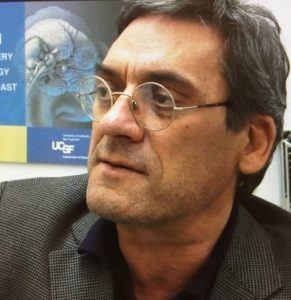
 J.D. Faccinetti, Chairman and CEO of Sacramento-based Pituitary World News says, “I think the biggest issue with acromegaly is lack of broad awareness of the disease by the public and the health community in general. This lack of awareness results in a great number of people that can go undiagnosed for decades. We believe a large number of these cases can be cured if tumors can be diagnosed early before they cause too much damage. Early proper diagnosis, even if people are not cured and manage their condition with medication, can result in dramatic life changes, substantial improvements in quality of life and likely, considerable medical expense reductions. At Pituitary World News we aim to educate spread information that hopefully reduces the time it takes to patients to be diagnosed.”
J.D. Faccinetti, Chairman and CEO of Sacramento-based Pituitary World News says, “I think the biggest issue with acromegaly is lack of broad awareness of the disease by the public and the health community in general. This lack of awareness results in a great number of people that can go undiagnosed for decades. We believe a large number of these cases can be cured if tumors can be diagnosed early before they cause too much damage. Early proper diagnosis, even if people are not cured and manage their condition with medication, can result in dramatic life changes, substantial improvements in quality of life and likely, considerable medical expense reductions. At Pituitary World News we aim to educate spread information that hopefully reduces the time it takes to patients to be diagnosed.”
* * * * *
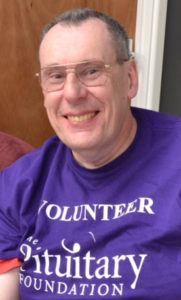
 Steve Harris is a volunteer for The Pituitary Foundation in the UK. Diagnosed in 1987, he says, “This is a thought-provoking question. Initially, one’s thoughts turn to the body and facial changes. These changes never really bothered me and there wasn’t anything I could do about it anyway. Looking back at photos from around the time of diagnosis, I realize that my face had changed quite dramatically, although it has softened over the years since treatment. I think female acromegalics must have a much harder time coming to terms with these changes.
Steve Harris is a volunteer for The Pituitary Foundation in the UK. Diagnosed in 1987, he says, “This is a thought-provoking question. Initially, one’s thoughts turn to the body and facial changes. These changes never really bothered me and there wasn’t anything I could do about it anyway. Looking back at photos from around the time of diagnosis, I realize that my face had changed quite dramatically, although it has softened over the years since treatment. I think female acromegalics must have a much harder time coming to terms with these changes.
I suffered a lot of pain in my joints and some of this is still with me, especially in my knees.
After a lot of thought, I have concluded that the biggest problem I have faced as an acromegalic is not the condition itself but the after effects of the treatment I had to ‘cure’ it.
Surgery and radiotherapy have both taken a heavy toll on my endocrine system and I’m now pan-hypopituitary. I suffer with extreme fatigue, as do many pituitary patients, and the quality of my life does not compare to the pre-acromegaly days.
I accept that my life will never return to normal but I’m grateful that I’m still here. I make the most of my limited energy but it is very frustrating not being able to do the things I used to.”
* * * * *
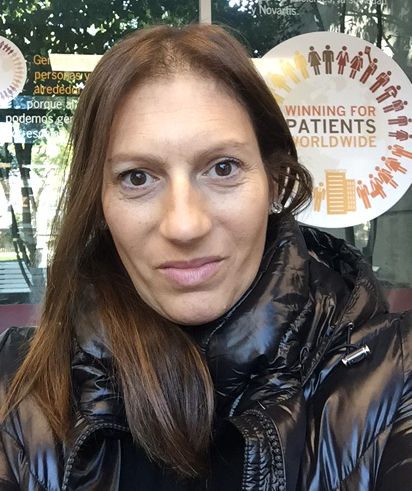
As a member of the Advocacy Group in Argentina, Sandra Mesri has been an active patient advocate in the acromegaly community. She writes the following: (English translation)
“Llegar a un diagnóstico de acromegalia supone un impacto importante para el paciente e implica un gran cambio de vida. Por empezar se demora entre 8 y 15 años aproximadamente tener un diagnóstico correcto, muchas veces debiendo pasar por varios profesionales hasta dar con quien ve “el cuadro completo”.
Debe tenerse en cuenta que la acromegalia provoca importantes cambios físicos: crecimiento de manos y pies, crecimiento de la mandíbula y de la lengua, disminución de la fuerza muscular (fatiga), dolores articulares, disminución de la visión periférica (visión en “túnel”), dolor de cabeza, sudoración excesiva, engrosamiento de la piel, aumento de peso involuntario, etc. Como puede verse, son todos síntomas que afectan de manera importante la calidad de vida y, cuanto más se demore el diagnóstico, mayor será el impacto y menor la posibilidad de restaurar una buena calidad de vida. Como muchos de los cambios son faciales, el impacto de los mismos en las mujeres es mayor aún.
 No es fácil aceptar la enfermedad y adaptarse a este cambio implica, para el paciente, atravesar un período de adaptación, que se puede dividir en varias fases. La primera será la de incertidumbre y confusión, esta enfermedad se encuadra dentro de las patologías poco frecuentes y, como tal, poco conocida y lo más probable es que el paciente nunca haya escuchado hablar de ella; en esta etapa es importante el apoyo de personal calificado (especialistas, asociación de pacientes) que le ayudarán a mantener la calma. La segunda fase será la de desconcierto; contar con información sobre la enfermedad y sus alternativas de tratamiento, contemplando por supuesto las posibles consecuencias, ayudará a tener un panorama más claro y disminuir la incertidumbre. La tercera fase será la de negación – oposición / aislamiento; donde aparece la dificultad en aceptar el diagnóstico, el tiempo necesario para elaborar el diagnóstico y aceptar la enfermedad, variará de paciente en paciente. La cuarta etapa será la de rabia que, bien manejada, proveerá la energía necesaria para enfrentar la enfermedad y tomar las decisiones necesarias. La quinta etapa será la de tristeza que, también, bien manejada permitirá adaptarse a la nueva situación y tener el tiempo necesario para pensar y plantearse el futuro con serenidad. Concluido este proceso, el paciente ha conseguido aceptar los cambios provocados por la enfermedad y continuar con su vida.
No es fácil aceptar la enfermedad y adaptarse a este cambio implica, para el paciente, atravesar un período de adaptación, que se puede dividir en varias fases. La primera será la de incertidumbre y confusión, esta enfermedad se encuadra dentro de las patologías poco frecuentes y, como tal, poco conocida y lo más probable es que el paciente nunca haya escuchado hablar de ella; en esta etapa es importante el apoyo de personal calificado (especialistas, asociación de pacientes) que le ayudarán a mantener la calma. La segunda fase será la de desconcierto; contar con información sobre la enfermedad y sus alternativas de tratamiento, contemplando por supuesto las posibles consecuencias, ayudará a tener un panorama más claro y disminuir la incertidumbre. La tercera fase será la de negación – oposición / aislamiento; donde aparece la dificultad en aceptar el diagnóstico, el tiempo necesario para elaborar el diagnóstico y aceptar la enfermedad, variará de paciente en paciente. La cuarta etapa será la de rabia que, bien manejada, proveerá la energía necesaria para enfrentar la enfermedad y tomar las decisiones necesarias. La quinta etapa será la de tristeza que, también, bien manejada permitirá adaptarse a la nueva situación y tener el tiempo necesario para pensar y plantearse el futuro con serenidad. Concluido este proceso, el paciente ha conseguido aceptar los cambios provocados por la enfermedad y continuar con su vida.
No existe un tiempo prederminado para llevar a cabo este proceso, puede variar desde días hasta meses, dependiendo de cada persona (cada paciente es un “mundo”). Contar con el apoyo de especialistas comprensivos y de Asociaciones de pacientes ayudan mucho en que este proceso sea breve y productivo.
Cuando el médico llega al diagnóstico y se lo transmite al paciente, al ser una enfermedad “rara” y poco conocida, lo más probable es que al paciente le surjan muchas preguntas; lo que debe hacer, indefectiblemente, es transmitírselas al especialista; el peor camino siempre será salir de la consulta con dudas.
Una asociación de pacientes, no solamente lo ayudará a sobrellevar el impacto de saberse con una enfermedad poco frecuente, a conocer experiencias anteriores de otros pacientes que atravesaron por lo mismo, a poder hablar “el mismo idioma”; si no también, a allanar el camino del acceso al tratamiento indicado por su equipo de especialistas y la cobertura correcta de su prestador de salud.
Por supuesto, como corolario, un elemento esencial para sobreponerse al diagnóstico y encarar el tratamiento adecuado de la mejor manera, será mantener en todo momento una actitud positiva. Esto ayudará mucho al éxito del tratamiento como, así también, a disminuir el impacto del estrés del cambio de vida que todo esto implica.”
Be your own advocate:
Patients can seek out a Pituitary Center of Excellence and use available patient and education resources.
Read more about acromegaly diagnosis and treatment in Part 1 of this two-part blog.
About the Author
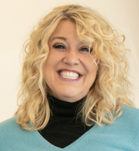
Sharmyn McGraw
Sharmyn McGraw is a patient advocate, charismatic professional speaker and published author. She has first-hand experience as a Cushing’s disease survivor and often collaborates with nationally-recognized neuro-endocrine experts, sharing the speaker’s platform while educating patients and doctors about neuroendocrine hormonal disorders and their impact on our health as a nation. Sharmyn facilitates the largest pituitary patient support group in the country for the Pacific Neuroscience Institute.
Last updated: May 3rd, 2022